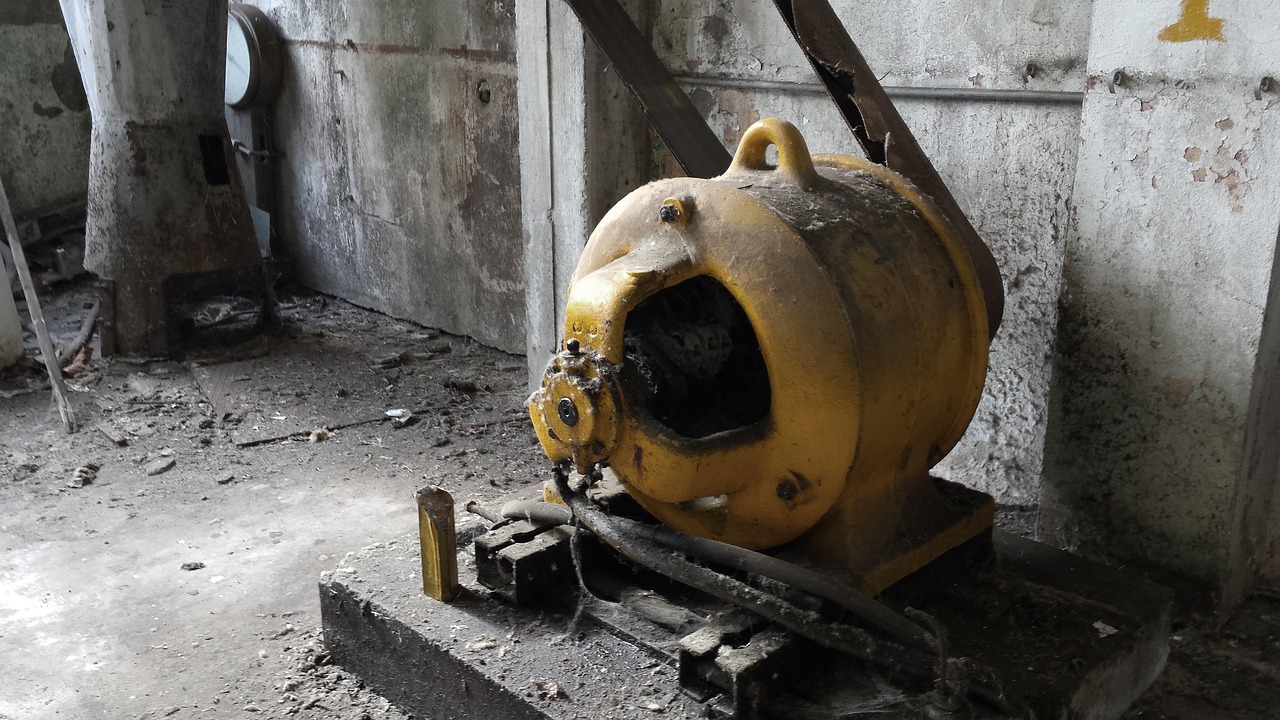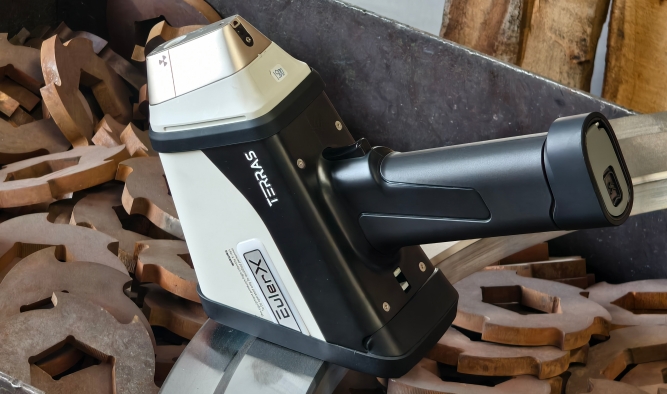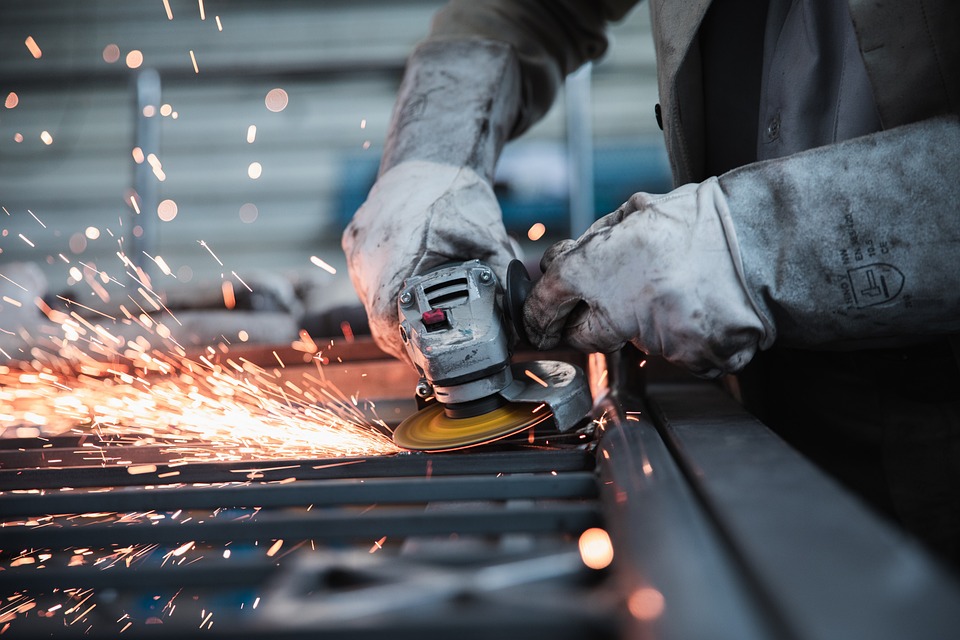
Alloy
A high-tech enterprise focusing on the development and application of X-ray technology products, committed to becoming a leading supplier of X-ray industrial testing solutions.
The Future of Metal Analysis: Emerging Trends in Metal Analyzer Technology
Metal analysis plays a critical role in ensuring the quality, safety, and efficiency of materials used in industries ranging from construction to aerospace. As technological advancements continue to accelerate, X-ray fluorescence (XRF) analyzers have become an essential tool in the analysis of metals. These devices offer precise, non-destructive analysis of metals, allowing industries to quickly and accurately identify their composition. As we look toward the future, several emerging trends in XRF technology are set to revolutionize the way metal analysis is performed.
1. Enhanced Sensitivity and Accuracy
One of the most exciting trends in XRF analyzer technology is the improvement in sensitivity and accuracy. Traditionally, XRF analyzers had limitations in detecting low levels of certain elements, especially in complex alloys. However, with advancements in detector technology and the integration of high-resolution optics, modern XRF devices can detect trace elements with remarkable precision. This is particularly important for industries where exact composition is critical, such as in the aerospace and automotive sectors, where even the smallest deviation in metal composition can have significant consequences.
Future XRF analyzers will continue to enhance their capabilities in elemental analysis, enabling more accurate identification of rare or difficult-to-detect elements, helping industries meet increasingly stringent quality control standards.

2. Miniaturization and Portability
XRF technology has evolved from large, stationary lab equipment to portable and handheld devices. This trend is expected to continue, with future XRF analyzers becoming even more compact and easier to use in the field. Portable XRF devices allow for on-site analysis, which is particularly beneficial in industries such as construction, scrap metal recycling, and mining. Technicians can quickly analyze metal samples without needing to transport them to a lab, saving both time and money.
The miniaturization of XRF analyzers is also opening up new opportunities in areas like remote or harsh environments where access to labs is limited. With improvements in battery life and wireless communication, portable XRF analyzers can be used in remote locations to perform real-time analysis, offering invaluable data for decision-making processes.
3. Integration with Artificial Intelligence (AI)
Artificial intelligence (AI) is starting to make its mark on XRF technology, with AI-powered software enhancing the accuracy and efficiency of metal analysis. Machine learning algorithms can process vast amounts of data quickly, allowing for real-time analysis and even predictive analysis for maintenance or quality control purposes. This trend is enabling XRF analyzers to become smarter, more intuitive, and better at identifying patterns in metal composition that might be difficult for humans to detect.
By leveraging AI, future XRF analyzers will be able to optimize analysis conditions automatically, adjusting settings to suit the specific metal sample being tested. This will result in faster and more consistent results, enhancing overall productivity and reducing human error.
4. Real-Time Data Analysis and Cloud Integration
As industries become increasingly data-driven, the ability to perform real-time data analysis and share results instantly has become essential. Many modern XRF analyzers already feature real-time data processing, but the future will see even deeper integration with cloud computing platforms. This means that results from XRF analysis will be immediately uploaded to the cloud, where they can be accessed from anywhere in the world by stakeholders, allowing for quicker decision-making and collaboration.
Cloud integration will also enable the use of big data analytics, where large volumes of historical data from XRF devices can be analyzed to uncover trends, patterns, and insights that can help improve future analysis, optimize workflows, and ensure better quality control in metal processing.
5. Sustainability and Green Technologies
As environmental concerns continue to grow, the push for sustainability is becoming more pronounced in all industries, including metal analysis. Future XRF analyzers will be designed with more eco-friendly features, such as energy-efficient operation and reduced reliance on hazardous chemicals for sample preparation. This aligns with the broader trend toward “green” technologies in industrial testing, as industries strive to reduce their environmental footprint.
In the field of metal recycling, for example, advanced XRF analyzers will be able to accurately sort metals with minimal environmental impact, ensuring that materials are efficiently reused and reducing the need for new resources. This will support the global movement toward a circular economy, where materials are recycled, reused, and repurposed to minimize waste.
6. Enhanced User Experience and Customization
The future of XRF technology also lies in improving the user experience. Advances in user-friendly interfaces, including touchscreens and intuitive software, will make metal analysis more accessible to operators with varying levels of technical expertise. Customization options will also allow users to tailor the device settings to their specific needs, whether they are working in a laboratory, a manufacturing plant, or in the field.
Additionally, future XRF analyzers may incorporate augmented reality (AR) features, allowing users to visualize the metal composition in real-time through smart glasses or a mobile device. This could significantly improve efficiency and reduce the learning curve for new users, as they would be able to see immediate visual feedback while conducting the analysis.
7. Multi-Element and Multi-Layered Analysis
In complex industries, the ability to analyze multiple elements at once or assess multi-layered coatings and composites is becoming increasingly important. The latest developments in XRF technology will allow for multi-element analysis with even greater precision. For example, future XRF analyzers could simultaneously detect both common elements like iron and nickel as well as trace elements like rare earth metals or contaminants in alloys, making it easier to assess a wide variety of materials in a single scan.
This multi-element capability is particularly crucial in industries such as electronics manufacturing, where thin-film coatings and multi-layered components are common. The ability to analyze complex materials without needing multiple instruments will streamline processes and reduce costs.

Terras EulerX900 Handheld Alloy Analyzer
Designed for speed and accuracy, the EulerX900S XRF spectrometer performs non-destructive elemental analysis by measuring X-ray fluorescence. It quickly detects metals, alloys, and impurities, making it perfect for QA checks, recycling operations, and environmental analysis. The portable version combines rugged durability with a user-friendly touchscreen and Wi-Fi connectivity for easy data sharing. Capable of analyzing elements from magnesium (Mg) to uranium (U), it provides lab-quality results anywhere.
Conclusion
The future of metal analysis, particularly in the realm of XRF analyzer technology, is incredibly promising. From enhanced sensitivity and portability to AI-driven insights and real-time cloud integration, the latest trends are transforming the way metal analysis is performed. These advancements will not only improve the accuracy and speed of analysis but also help industries meet sustainability goals and enhance productivity.
Join Us
Subscribe to our email list for updates & promotions.



